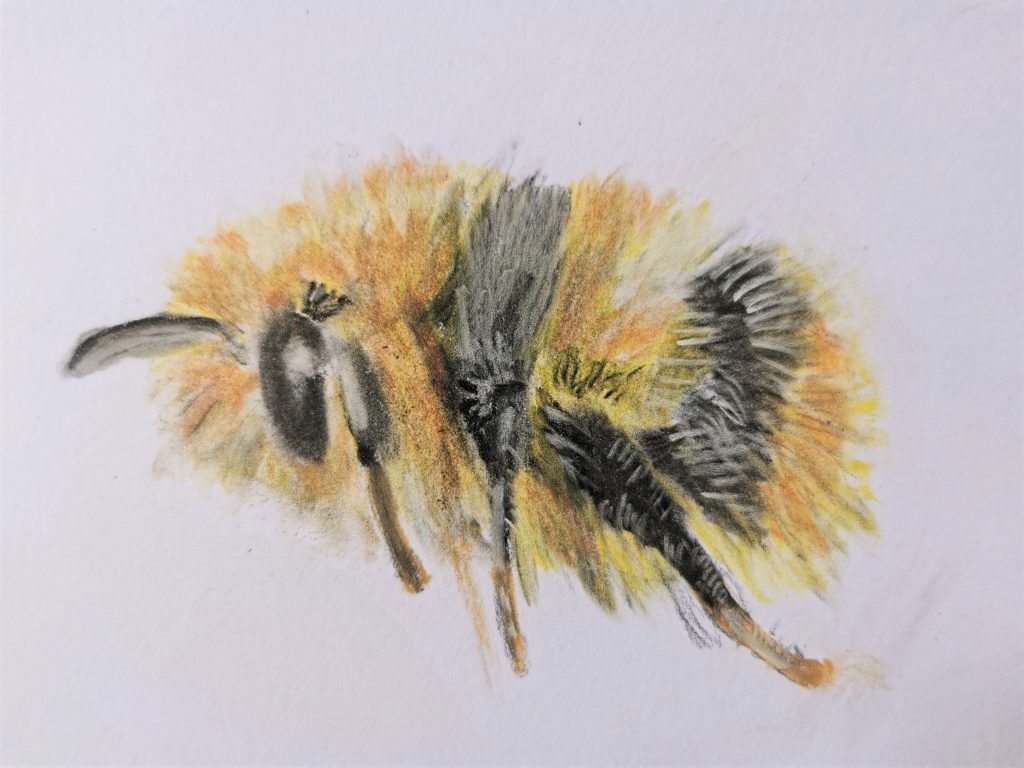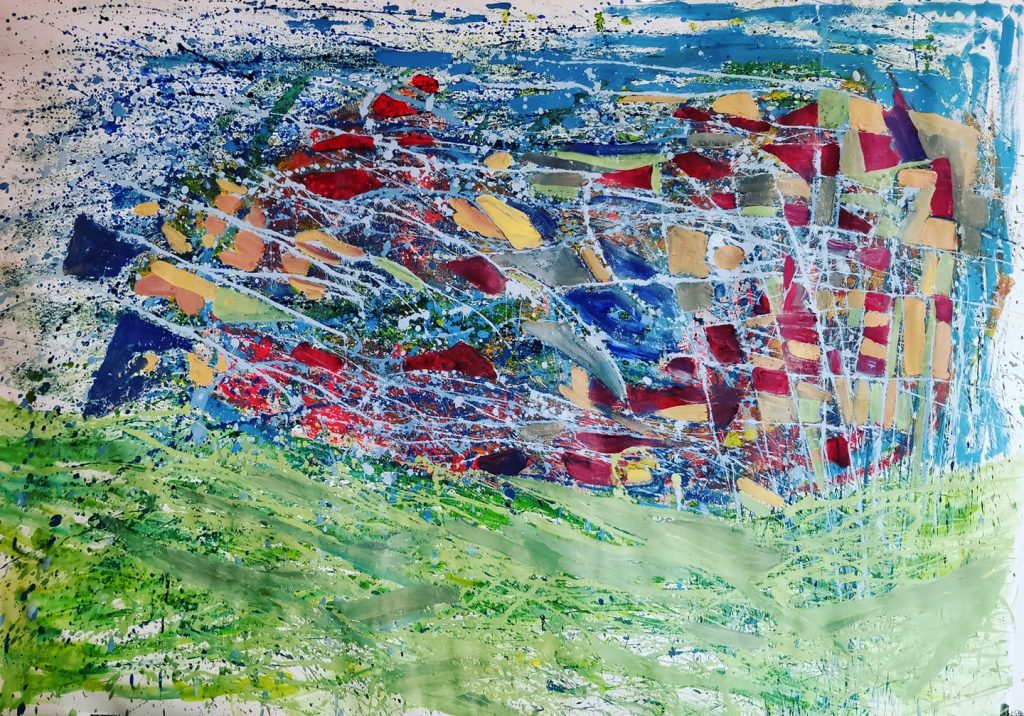Three Ways Art is Valued
Your art collection is an asset that offers beauty and other visual pleasures and a financial value that grows over time. On average, artworks are priced between EUR 500 and EUR 7000 but there is a wide variety of prices and systems for pricing art.
Choosing art is usually a matter of personal taste with some basic knowledge of what makes the piece appealing or important to the buyer.
Purchasing art is a different proposition. There are a few different ways that art is valued and the price also depends from whom you are buying the piece. One way is to buy directly from the artist, another is to buy from an auction or middle man, and the third is to buy from an art gallery.
How does an artist value their art?
An artist uses different factors to reach a selling price. These include the time spent creating the piece, the stage of the artist’s career and the artist’s sales history.

Time spent creating the artwork
Time spent creating the artwork is one factor. An artist may note down the number of hours it took to make the piece and charge a fee per hour. This would add up to a basic ballpark price. The final piece may also have some studies and drawings that are for sale. These also take time and are part of the artistic process for some people as well as being an interesting document that is worth having.
An hourly rate is the most simple approach to coming up with a basic price for an artwork or commission. The artist’s rate may also include in their educational background, their reputation and level of experience. On top of the hourly rate, the price may reflect the following:
The cost of materials. Most commonly, this includes paint, surface, mediums and tools.
Sales history. This is a rough guide to pricing similar sizes for the individual artist.
The size of the piece.
Some artists refuse to get involved in the pricing side, preferring to leave it up to the buyer or a representative like an art dealer or gallery owner. Other artists see their pricing in terms of how much they like a piece and how willing they are to let it go out of their studio.
How does an art gallery value art
Typically, an art gallery may factor in the cost of promotion and marketing and a percentage of their overheads into the price it sets for each piece. Selling points which add to the piece’s value may include the artist’s education, where they have exhibited, their selling history and the size of the artwork.
Bear in mind that buying art from a gallery is typically more expensive than buying it direct from the artist. This applies in the case that the artist is not represented by a gallery because the artist would normally direct an interested buyer to the gallery that represents them.
In addition, many female artists are overlooked by the galleries, according to research by the US National Museum of Women in the Arts. The situation isn’t much different in the EU, where women are under-represented in galleries and their work is sold at a much lower price than that of male artists, said Culture Action Europe.
In this case, it is worth checking Instagram or Facebook and browsing female artists’ websites to discover more talent.
How does an auction house value art
An auction house bases its prices on the direct experience of the sales history of each artist, and this can reflect up to 40 different drivers, according to ArtWorldInsights.com.
Pricing art in an auction house becomes more complicated the older and more famous the artist is. Artificial intelligence is making an appearance these days, as it can process historical data on artists with a long track record or old masters whose pieces have been sold multiple times to different collectors.
In conclusion, art is valued in different ways, depending on where you are buying it from and what format it is in. An original piece is valued higher than a print of the same work and prints are often the most affordable way to own an artwork you love.
Keep in mind that when you have the budget, an original art piece contains everything the artist poured into it, from the brush strokes to their mood when they painted it. This is worth owning for yourself and future generations.

Interested in purchasing one of my artworks?
Although I just slobber with paint when I get the mood, no way could I call myself talented, yet, I love the process, the peace it brings, the inner calm. It’s a great gift to be able to express and share (when you do have talent) because when you love art it touches a part of you that, at times, even the most literate among us, cannot find the depth needed to say what is needed. When a person is creative, they put something of themselves into each piece of work that makes it theirs alone, and loved like a child.